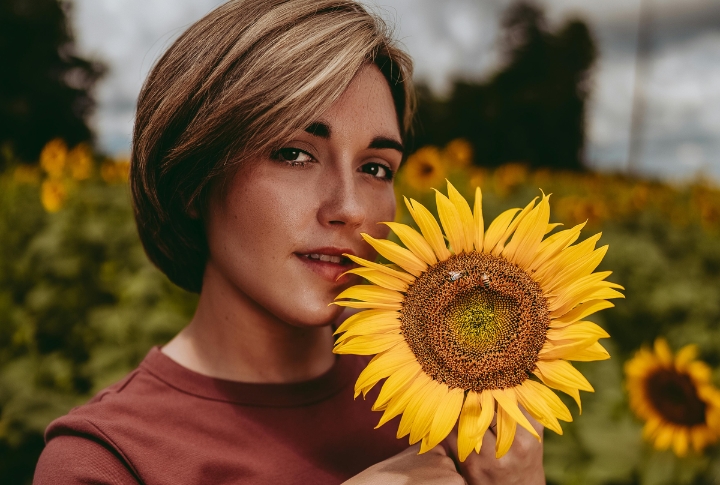
Some plants are better admired from the porch. Behind their lush leaves or elegant blooms, many hide toxins and environmental needs that turn indoor care into chaos. They might look great in pictures, but the benefits rarely pay off. Here’s why these 20 plants are best for gardens, not rooms.
ZZ Plant
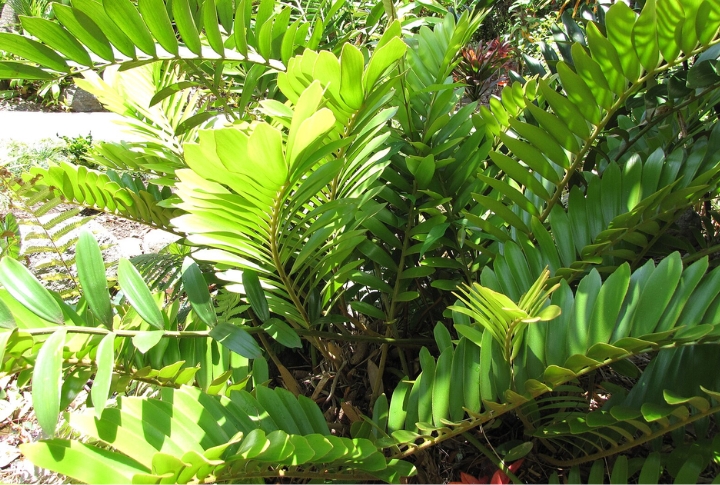
The ZZ plant, with its thick, waxy leaves, is touted as indestructible. However, every part of this plant contains compounds that irritate the skin and stomach, posing a particular danger to pets. It tolerates low light but not constant handling, so it’s best to place them somewhere high, outside the house.
Easter Lily
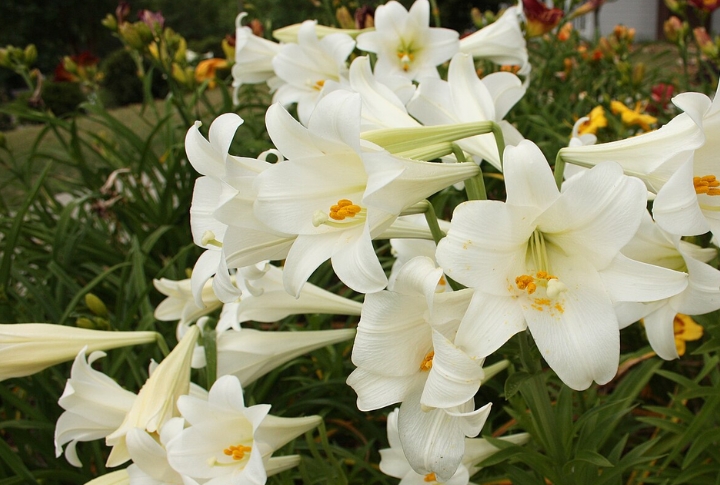
Easter lilies may look innocent on a spring table, but they hide a serious danger for cats. Every petal, leaf, and even the pollen can trigger deadly kidney failure. Though safe for dogs, these bright blooms can quietly turn a festive home into an emergency room.
Sago Palm
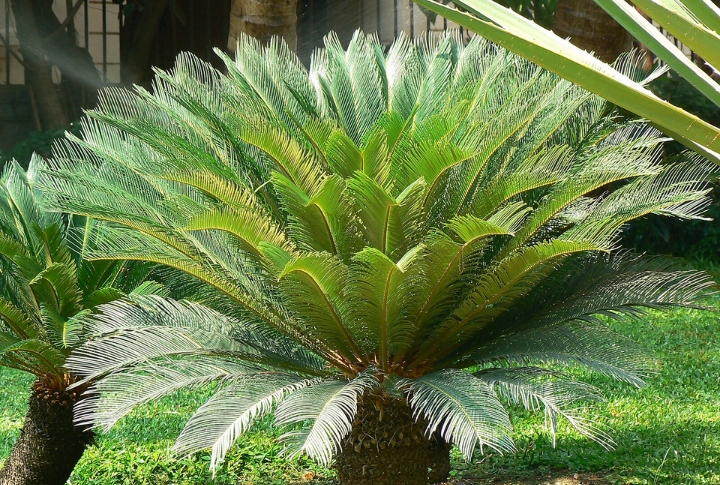
With its graceful, feathery fronds arching like a tropical paradise, the Sago palm makes a stunning houseplant, but don’t let its beauty fool you. This cycad, not actually a true palm, packs a deadly punch. Every part contains cycasin, a potent toxin that can trigger fatal liver failure and vomiting with just a small taste.
Foxglove
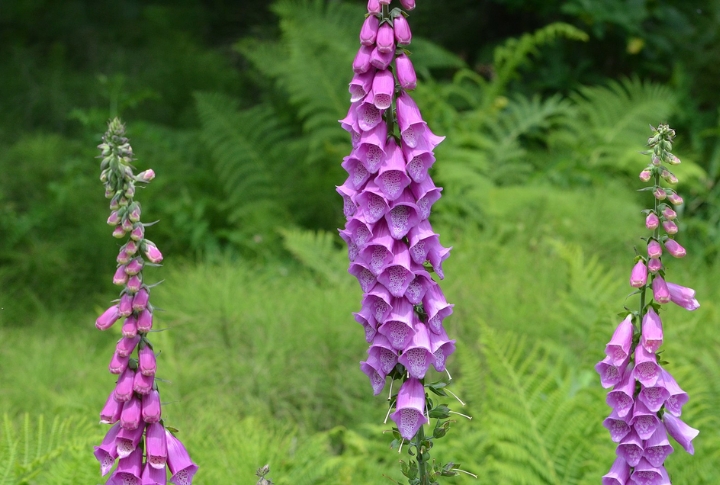
Isn’t it strange how danger often disguises itself in beauty? Foxglove’s graceful spires shimmer with charm, yet inside each blossom lies a deadly secret. Its natural compounds, once refined into life-saving pharmaceutical medication, can cause heart failure if the plant is ingested directly.
Poison Ivy
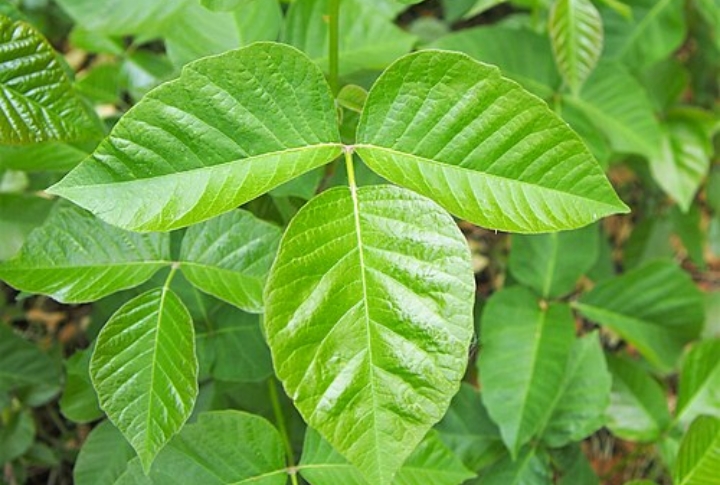
Poison ivy earns its reputation honestly. Whether it grows as a creeping vine or a modest shrub, the danger stays the same. Every leaf and root carries urushiol, a powerful oil that can trigger extreme allergic reactions from even the lightest accidental contact.
Gunnera
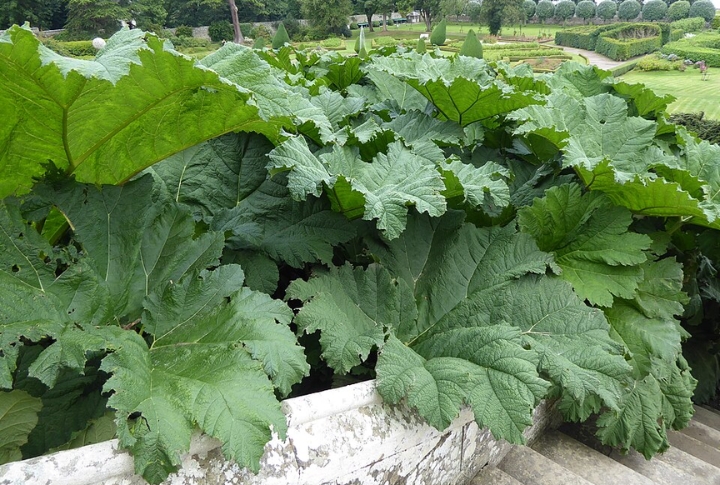
For terrain designers seeking dramatic focal points, Gunnera presents both extraordinary potential and specific challenges. This South American native, nicknamed “giant rhubarb,” creates a stunning visual impact with leaves spanning up to 10 feet wide. Whilst thriving in wet environments outdoors, its massive proportions make indoor cultivation entirely impractical.
Venus Flytrap
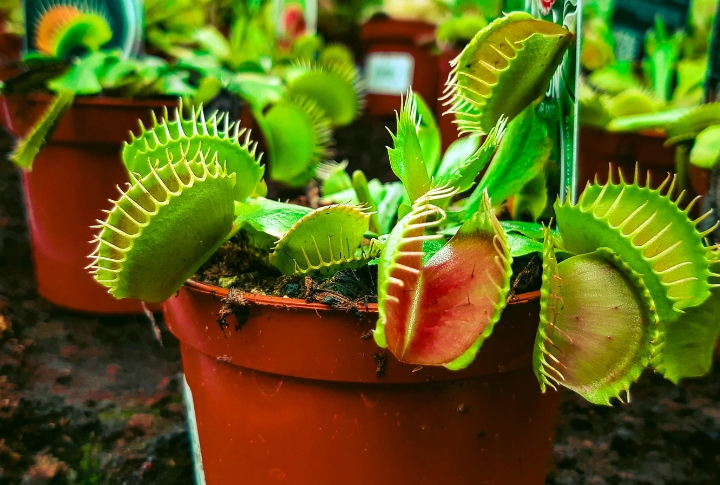
Admired for its dramatic closing jaws, the Venus flytrap often finds its way into living rooms. Unfortunately, it rarely lasts long there. True to its Carolina origins, it needs blazing sun, mineral-free water, and winter dormancy requirements that ordinary home environments can’t easily mimic.
Ficus Tree
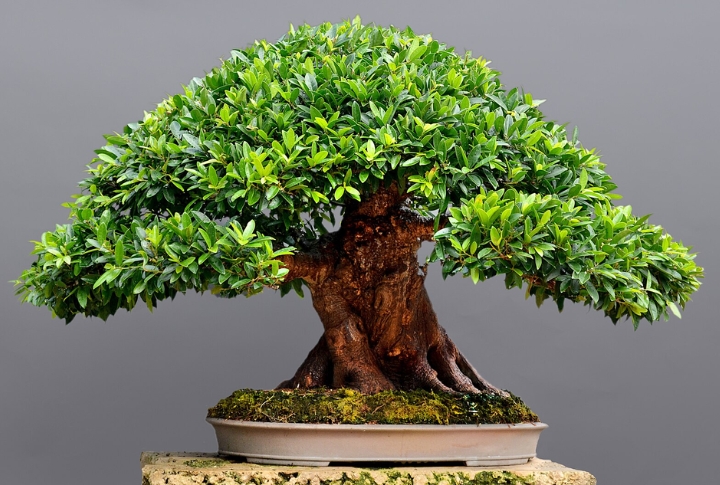
Behind the serene beauty of ficus bonsai specimens lurks an unexpected reality check for plant lovers: these seemingly peaceful houseplants pack a toxic punch. Despite their graceful forms inviting closer appreciation, scientific evidence reveals their latex sap can trigger allergic reactions and skin irritation.
Chrysanthemum
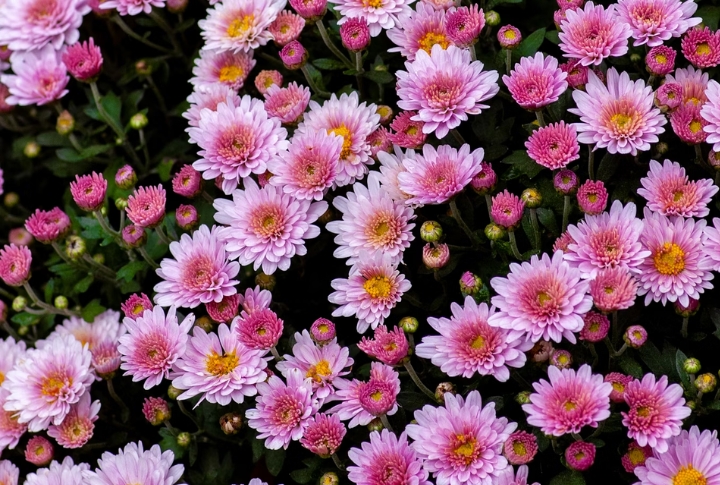
Before placing a chrysanthemum in your home, be aware that these popular flowers contain pyrethrins, which pose serious risks to pets that can cause vomiting and diarrhea. Careful placement is essential for pet owners, even though it’s valued in Asian traditional medicine and teas.
Large Jasmine Vines
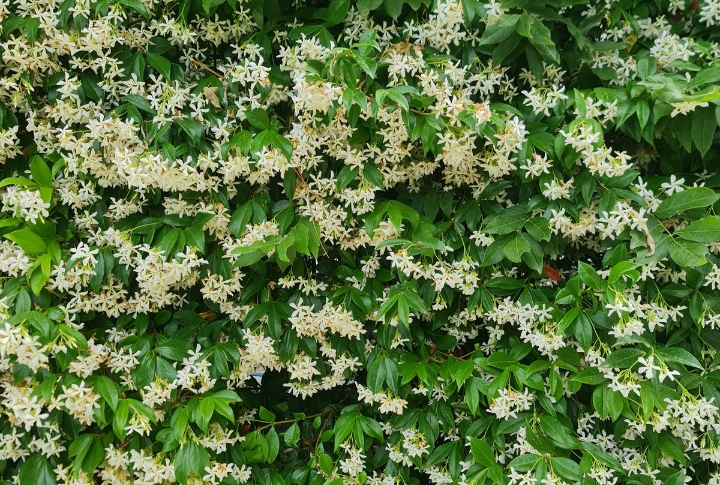
Keeping large jasmine vines indoors rarely ends well. They demand sunlight, vertical space, and strong supports that most homes can’t offer. Worse still, they’re poisonous to pets when nibbled. By growing them outdoors, you ensure both safety and the full splendor of their cascading blooms.
Sunflower
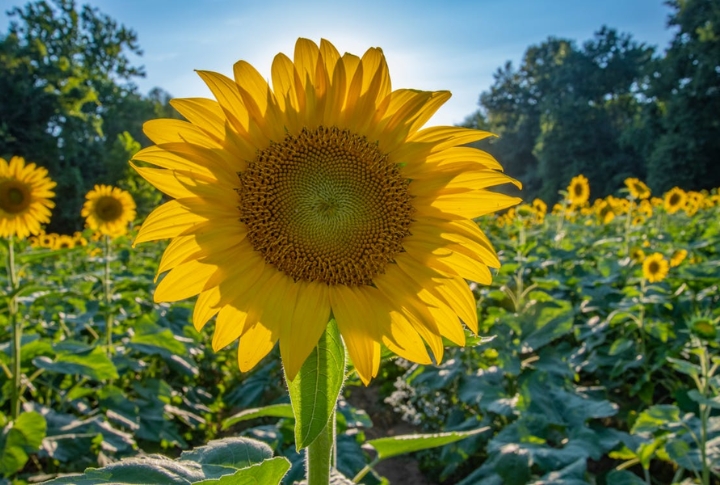
In their natural outdoor habitat, sunflowers stand as royal giants reaching heights of twelve feet, perfectly positioned to bask in full sunlight. Yet these same qualities make them ill-suited for indoor growing, where spatial constraints clash with their impressive stature, and their tendency to attract aphids and spider mites creates additional indoor challenges.
Peace Lily
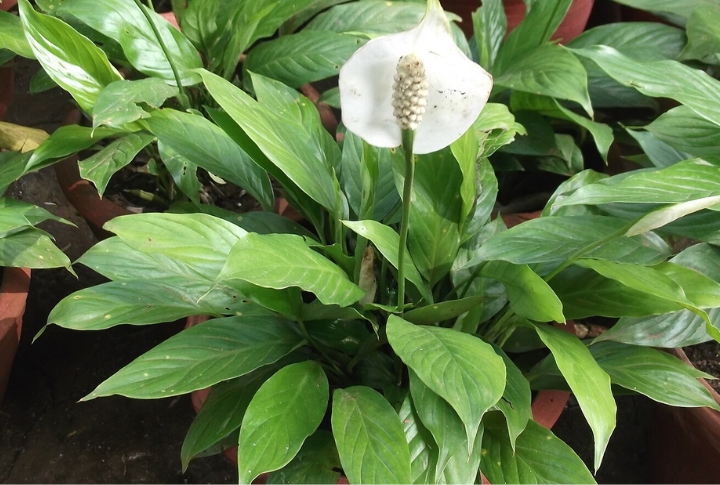
Elegant and evergreen, the Peace Lily promises tranquility but rarely delivers it indoors. Its glossy leaves hide calcium oxalate crystals that irritate mouths and throats when chewed. Even gentle contact can bother sensitive skin, while low light or overwatering quickly turns its calm demeanor into a wilted mess.
Lavender
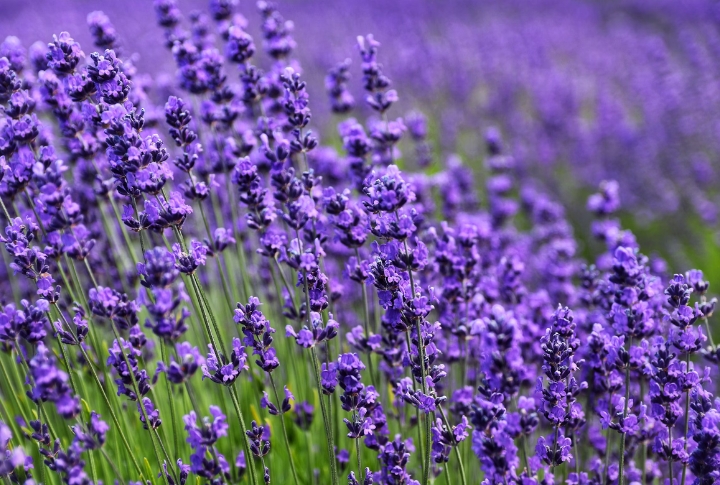
That little lavender plant on your windowsill might look harmless, but give it time. Outdoor varieties grow fast and claim more space than your living room allows. They also crave bright, open air and sunshine—conditions homes can’t provide. For all its beauty, this restless bloomer belongs under the open sky.
Rosemary
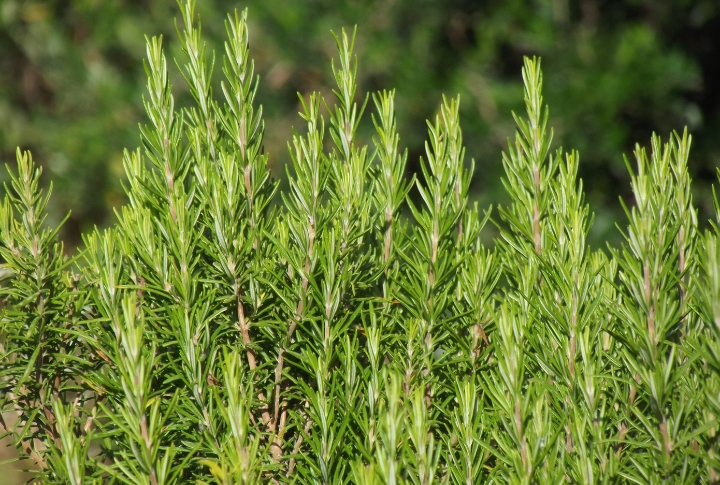
Once settled in a pot, rosemary seems content, even graceful. Then the transformation begins: stems thicken, branches stretch, and the pot becomes too small for its ambition. Indoor light can’t keep up, nor can your watering routine. Eventually, the plant signals its truth; it’s built for the open air.
Colocasia/Alocasia
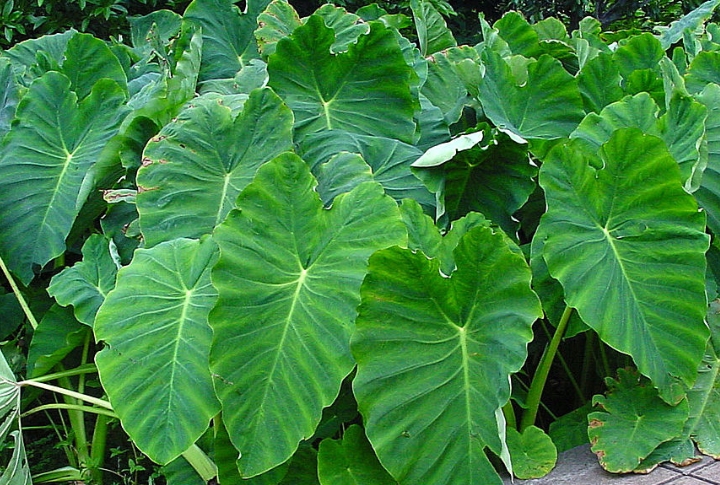
Calcium oxalate crystals make these tropical showpieces both fascinating and frightening. Touching the sap can irritate skin, while ingestion can trigger severe swelling and breathing distress. Their leaves, sometimes six feet across, dominate small rooms, making indoor care a risky and impractical choice.
Wetland Marsh Plants
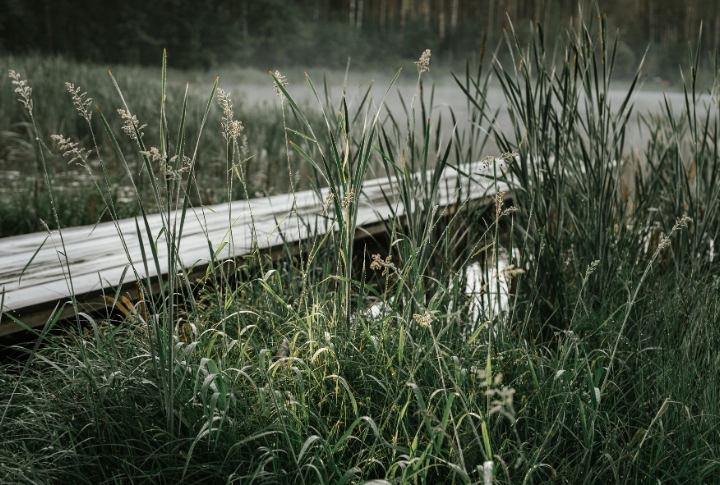
Gardening experts caution against bringing these plants indoors. Wetland marsh plants’ biological need for saturated soil and consistently high humidity not only makes them extremely difficult to maintain, but can also foster dangerous mold and bacterial growth within indoor spaces.
Boxwood
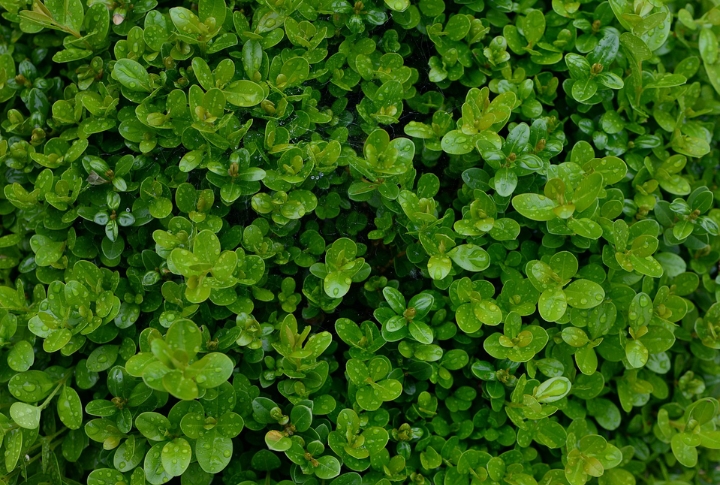
A neatly clipped boxwood gives any space a sense of structure, almost discipline. Yet that order conceals poison. Ingested leaves can trigger nausea, cramps, and vomiting in people, while pets fare worse. Despite its beauty and valued wood, this is one plant that demands respectful distance indoors.
Wisteria
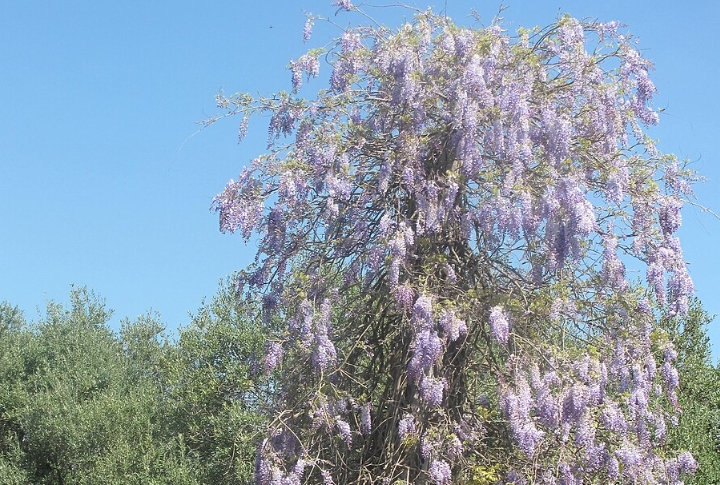
Wisteria’s grandeur sometimes overshadows its hidden risk. Every vine, leaf, and especially its seedpods contain toxins that can sicken humans and pets alike. Indoors, those hazards multiply as space tightens. Despite its beauty and impressive lifespan, it’s a plant best admired from the safety of the garden.
English Ivy
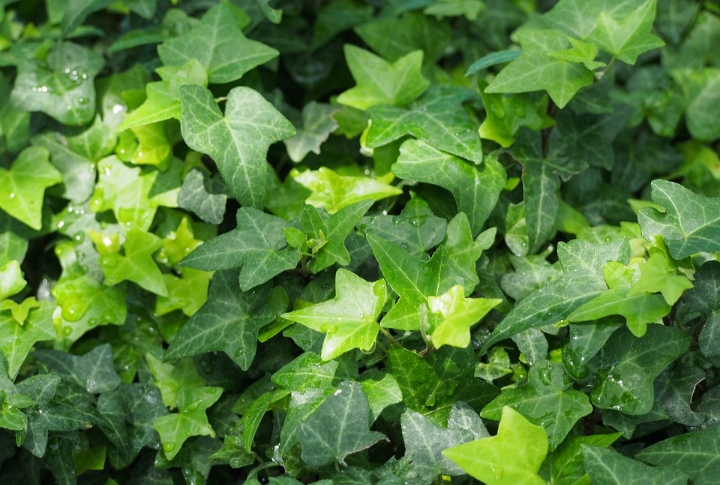
Trailing ivy looks timeless, curling along bookshelves, but there are many things you need to consider. English ivy’s sap causes skin irritation, and its berries contain glycosides that upset the stomach if eaten. It also clings fiercely to walls, leaving behind residue that damages paint and drywall over time.
Philodendron
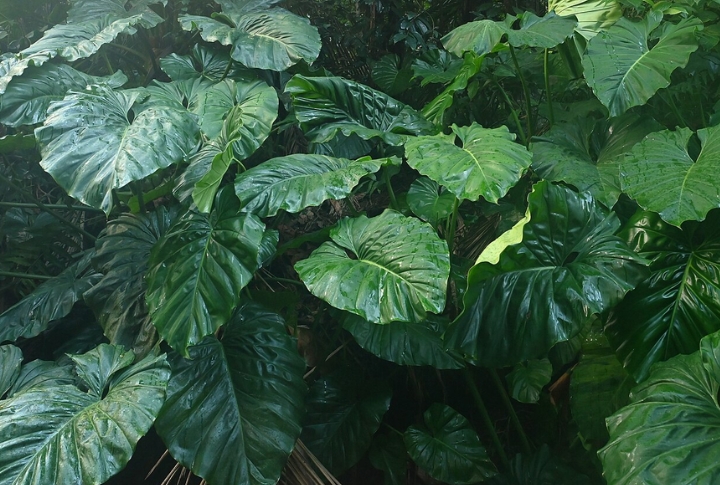
Loved for its glossy heart-shaped leaves, the philodendron hides trouble behind its charm. The same oxalate crystals found in colocasia make it toxic to pets and humans. Ingestion leads to swelling and throat pain, while frequent handling can irritate sensitive skin.

